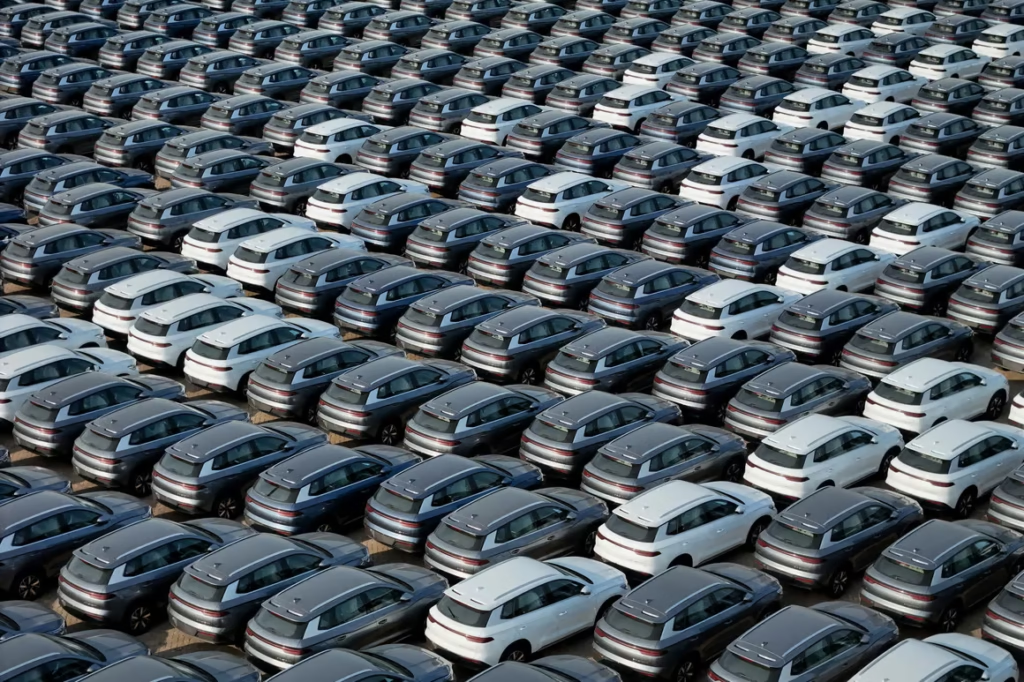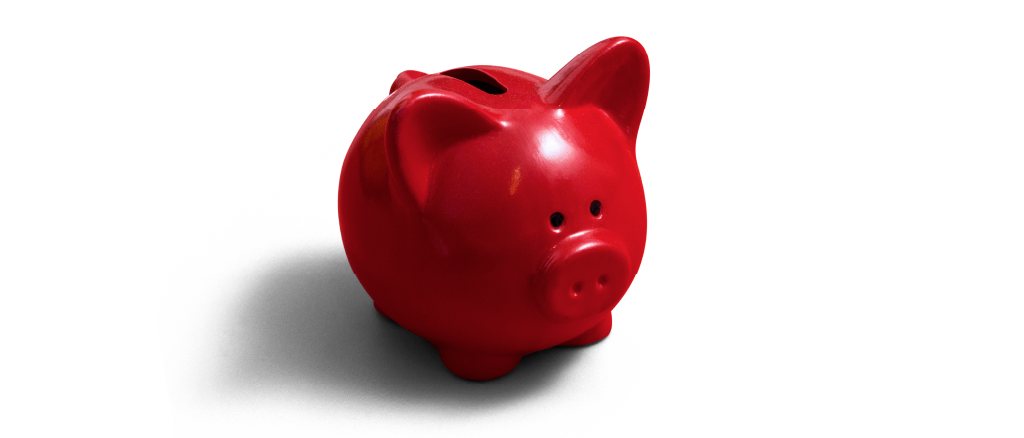FRANKFURT, Germany (AP) — The European Union has finalized its sharply higher customs duties on electric vehicles imported from China. EVs are the latest flash point in a broader trade dispute over Chinese government subsidies and Beijing’s burgeoning exports of green technology to the 27-nation bloc.
The duties took effect provisionally in July and were finalized after talks between the EU and China failed to resolve their differences. Negotiations are expected to continue, and the EU could lift the duties if an agreement is reached.
Earlier this month, it announced provisional tariffs of 30.6% to 39% on French and other European brandies, after EU member countries voted in favor of finalizing the tariffs on EVs.
Officials have also said that they are weighing whether to raise tariffs on imports of gasoline-powered vehicles with large engines. Talks between the two sides focused in recent weeks on so-called “price commitments” as a possible resolution. In such a scenario, carmakers would agree to a minimum selling price for their EVs in Europe. Some Chinese automakers are looking at making cars in Europe to avoid any tariffs and be closer to the market. BYD is building a plant in Hungary, while Chery has a joint venture to build cars in Spain’s Catalonia region. How do the EU tariffs compare to ones announced by the U.S.? The Biden administration is raising tariffs on Chinese EVs to 100% from the current 25%. At that level, the U.S. tariffs block virtually all Chinese EV imports. That’s not what Europe is trying to do. EU officials want affordable electric cars from abroad to achieve their goals of cutting greenhouse gas emissions by 55% by 2030 — but without the subsidies EU leaders see as unfair competition The planned tariffs are aimed at leveling the playing field by approximating the size of the excess or unfair subsidies available to Chinese carmakers. European countries subsidize electric cars, too. The question in trade disputes is whether subsidies are fair and available to all carmakers or distort the market in favor of one side. What does this mean for European drivers and carmakers? It’s not clear what impact the duties will have on car prices. Chinese carmakers are able to make cars so cheaply that they could absorb the duties in the form of lower profits instead of raising prices. Currently, Chinese carmakers often sell their vehicles overseas at much higher prices than in China, meaning they are favoring profits over market share, even given their recent market gains. Five of BYD’s six models would still earn a profit in Europe even with a 30% tariff, according to Rhodium Group calculations. BYD’s Seal U Comfort model sells for the equivalent of 21,769 euros ($23,370) in China but 41,990 euros ($45,078) in Europe, according to Rhodium. The base model of BYD’s compact Seagull, due to arrive in Europe next year, sells for around $10,000 in China. While consumers might benefit from cheaper Chinese cars in the short term, allowing unfair practices could eventually mean less competition and higher prices in the long term, the commission argues.

